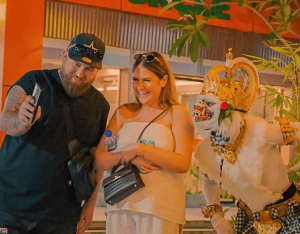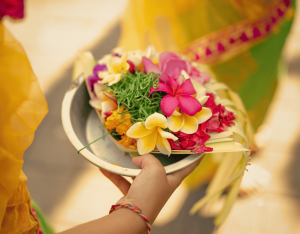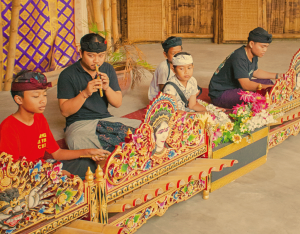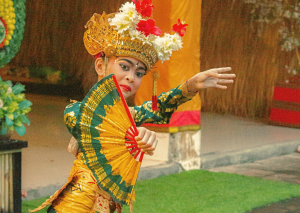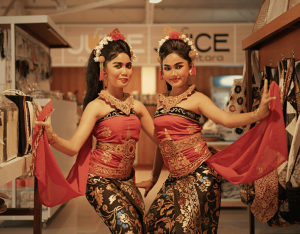Every morning in Bali begins with color, fragrance, and quiet devotion. Along temple gates, doorsteps, and busy streets, tiny woven baskets canang sari rest gracefully on the ground. Wisps of incense rise, carrying prayers that drift toward the heavens. This daily ritual is more than an offering it is a language of gratitude, a silent dialogue between human and divine. Each flower, each color, each motion holds a meaning that connects art, faith, and nature in perfect balance. But what stories do these blossoms tell about the Balinese way of life?
The Language of Flowers in Balinese Belief
In Balinese Hinduism, flowers hold deep symbolic significance. Their colors, fragrances, and even their placement within an offering carry messages to the gods. Each hue represents a divine aspect of balance:
-
White — purity and sincerity, dedicated to Iswara, the god of the east.
-
Red — courage and energy, offered to Brahma, the creator in the south.
-
Yellow — wisdom and prosperity, representing Mahadeva of the west.
-
Blue or black — protection and stability, for Vishnu in the north.
When arranged together, these colors form a complete cycle of life creation, preservation, and renewal. The offering becomes a visual prayer, a reminder that harmony is achieved when all elements coexist.
Crafting Offerings: Devotion in Details
Creating a canang sari is an act of meditation. Each component woven palm leaf tray, vibrant petals, rice, and incense carries both aesthetic and symbolic meaning. The process requires patience and focus, yet it is performed with joy.
Mothers and daughters often prepare the offerings together in the early hours, their hands moving rhythmically while softly chanting prayers. The act itself teaches mindfulness: to be present, grateful, and sincere.
The philosophy behind it is clear the value of an offering lies not in its size or beauty, but in the purity of intention. Every detail, from folding the palm leaf to placing the final flower, becomes a reflection of inner devotion and peace.
Offerings as Everyday Art
In Bali, art and worship are inseparable. Canang sari is not a ritual reserved for temples it graces doorsteps, markets, and beaches alike. Through these offerings, spirituality becomes a daily rhythm, woven seamlessly into life.
The island’s streets and temples bloom with gratitude. Every placement of an offering says, “thank you” to the earth, to the gods, and to the community. This culture of gratitude nurtures harmony, inspiring cooperation and togetherness.
To witness this devotion is to see Bali’s philosophy come alive: that life itself is sacred, and beauty is a form of prayer.
Where Art and Spirituality Meet: Sawelas Nusantara’s Expression
At Sawelas Nusantara in Nusa Dua, this philosophy of beauty and devotion finds its stage. The colors of canang sari gold, white, red, and green come alive in the dancers’ costumes, movements, and stage designs.
Each performance embodies the same harmony found in daily offerings: balance between motion and stillness, art and spirituality. Visitors can experience the essence of Balinese gratitude and devotion through every show. The lights, the music, and the movements together create the same serenity one feels while watching morning offerings placed beneath the banyan trees.
📍 Visit us at Bali Collection, Jl. ITDC Nusa Dua Lot BC, Benoa, South Kuta, Badung, Bali.
📅 Check our Event Schedule and witness how the colors and spirit of Bali’s offerings come to life on stage.
Where art blooms like Bali’s morning flowers.
